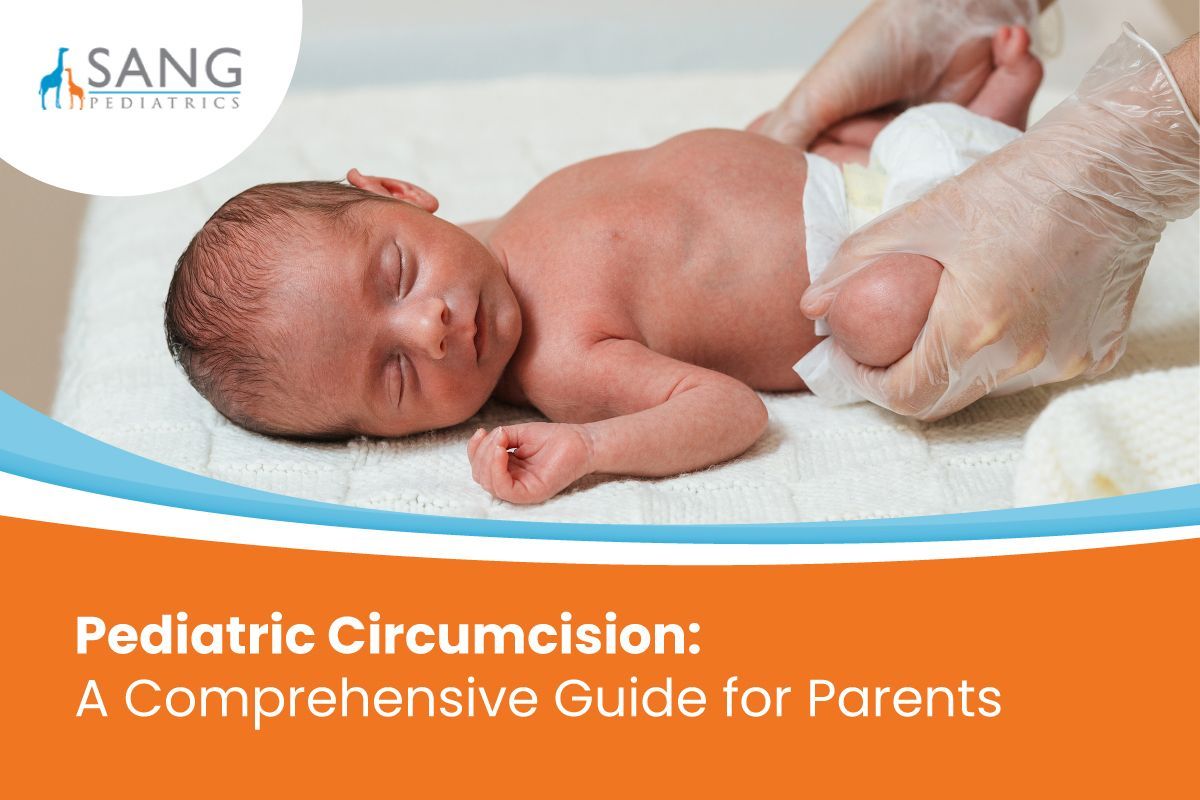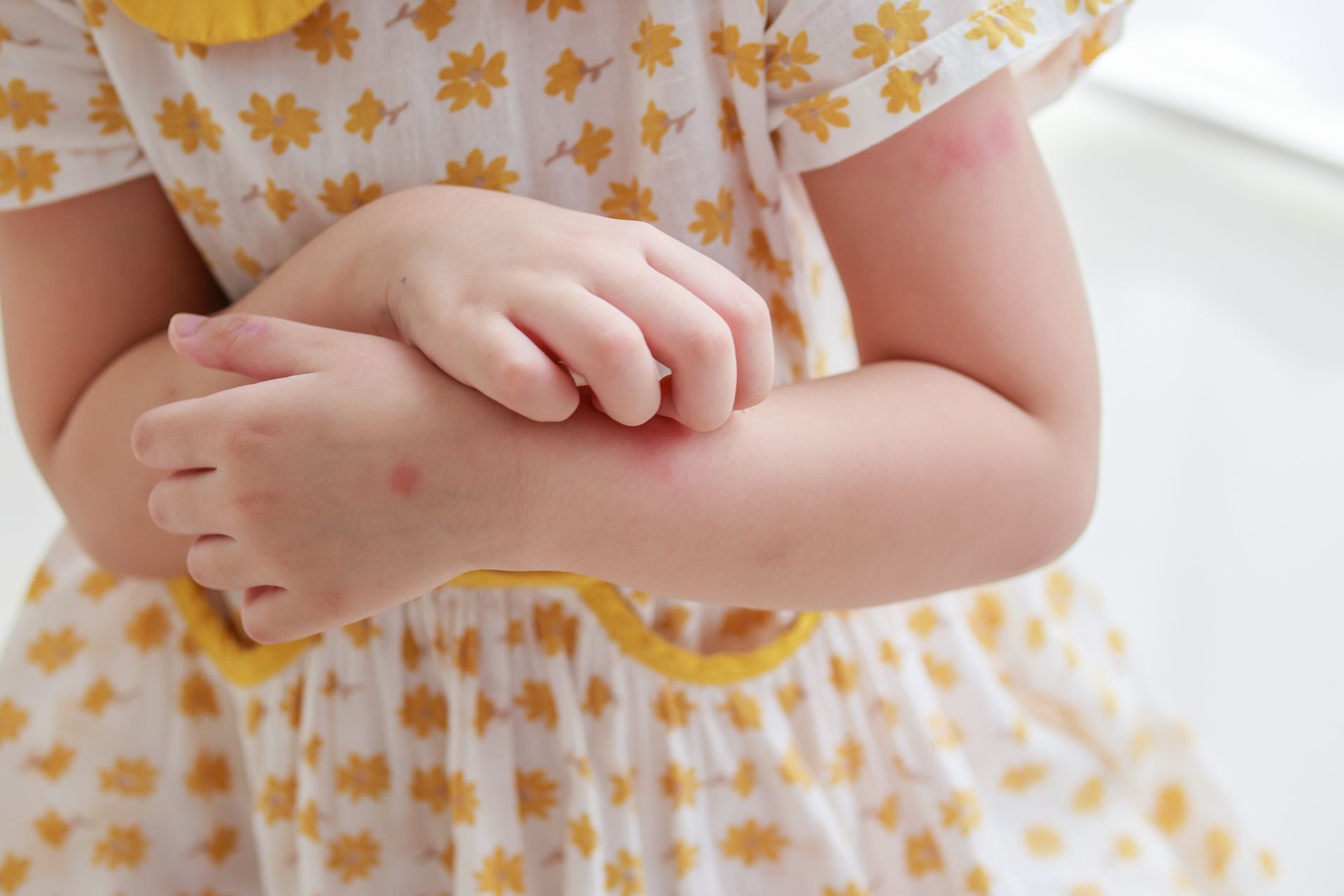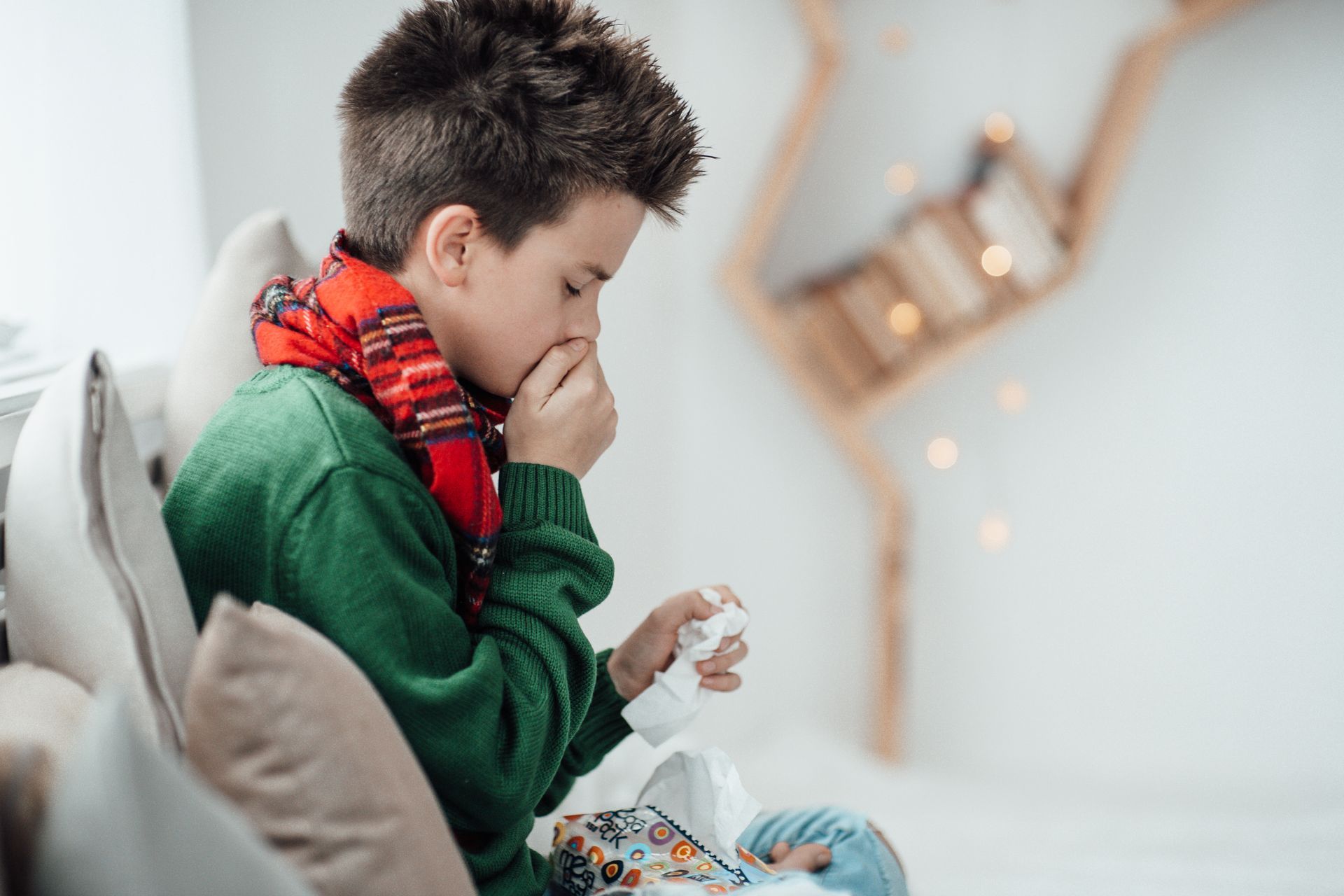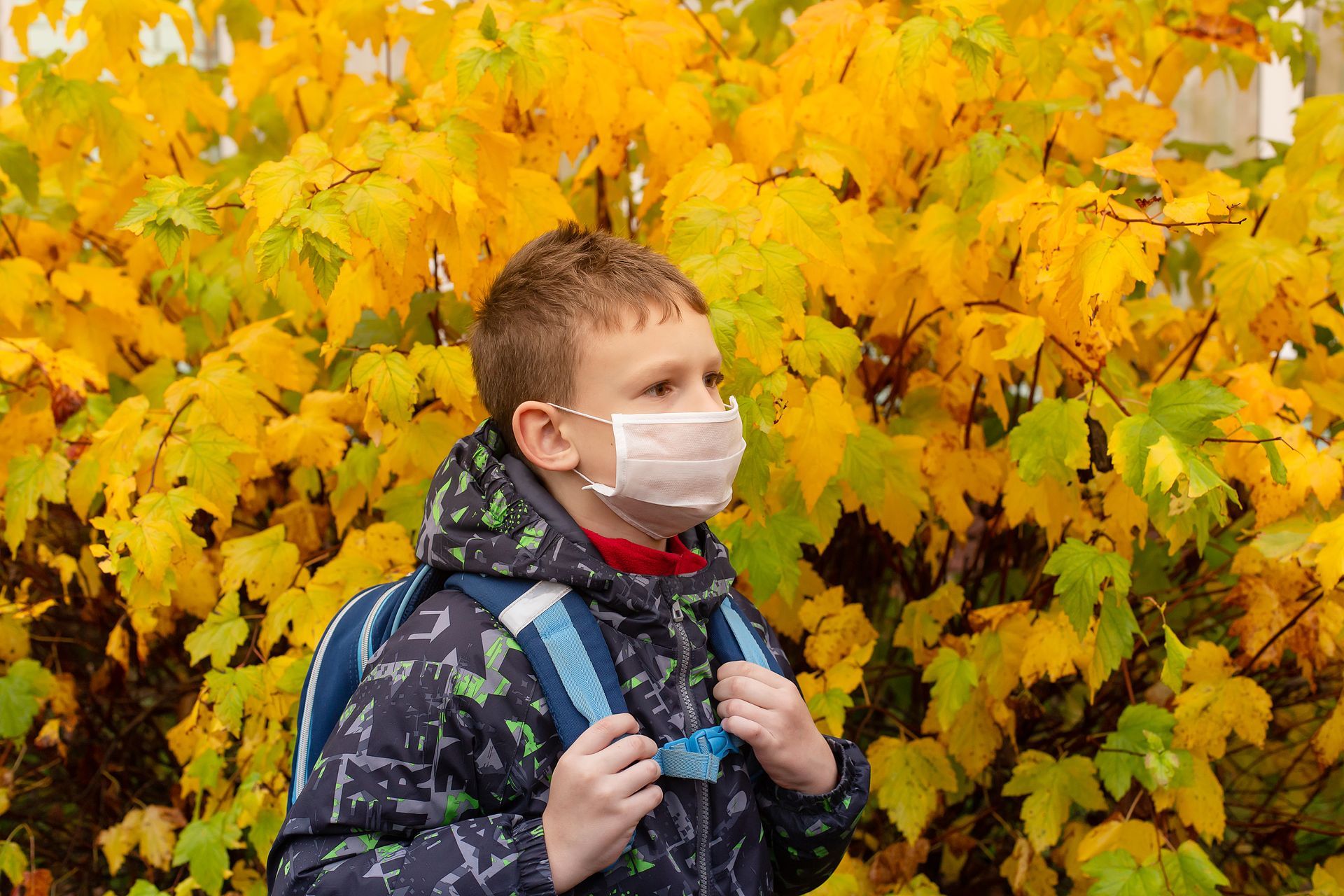Pediatric Circumcision: A Comprehensive Guide for Parents

As parents, you're faced with countless choices that impact your child's well-being. One topic that often generates questions and concerns is baby circumcision. According to the National Library of Medicine, 58.3% of male newborns and 80.5% of males aged 14-59 years in the United States undergo circumcision.
Having your child undergo pediatric circumcision, commonly known as circumcision at birth, is profoundly personal and influenced by various cultural, religious, and medical considerations. This comprehensive guide aims to provide you with the information you need to confidently walk through this major decision. From understanding the procedure to addressing frequently asked questions, we support you and your child on your health journey.
Understanding Pediatric Circumcision
Pediatric circumcision, also called male circumcision, is the surgical removal of the foreskin encasing the penis head. It has deep cultural and historical roots and is performed for various reasons, including religious traditions, cultural beliefs, and potential medical benefits. However, deciding to circumcise your child is still a choice that requires careful consideration.
The Pediatric Circumcision Procedure
If you proceed with newborn circumcision, knowing what to expect during the procedure is very important. The process typically involves the following steps:
- Preparation: Your healthcare provider will ensure your baby is comfortable and safe throughout the procedure.
- Anesthesia: Effective pain management uses varying techniques, including administering an anesthetic.
- Surgical Removal: The circumcision procedure is relatively quick and usually takes only a few minutes.
- Aftercare: Your healthcare provider will provide instructions on how to care for your baby's healing circumcision site.
Benefits of Circumcision
Pediatric circumcision has potential health benefits such as the following:
- Lower Chance of Urinary Tract Infections (UTIs): Boys who undergo circumcision are less likely to suffer from UTIs. While treatable, they are uncomfortable for infants and could require antibiotics.
- Reduced Risk of Sexually Transmitted Infections (STIs): Circumcised individuals have a reduced risk of contracting certain STIs, including HIV, syphilis, and herpes. However, safe sexual practices and protection remain vital.
- Easier Hygiene: Circumcision simplifies genital hygiene for both parents and the child since there's no need to retract the foreskin for cleaning, contributing to overall cleanliness and reducing the risk of complications.
- Cultural and Religious Significance: For families with cultural or religious traditions that include circumcision, the procedure holds deep meaning and significance. It is a critical aspect of cultural or religious identity.
Risks and Possible Complications of Circumcision
Pediatric circumcision is a decision that involves risks and complications. It's necessary to ask your healthcare provider, weigh the pros and cons carefully, and come up with a decision that aligns with your beliefs and values as a parent. It is beneficial to consider the following risks:
- Pain and Discomfort: The circumcision procedure causes pain and discomfort for the baby during and after the surgery. Minimizing discomfort requires proper pain management.
- Infection: Like any surgical procedure, there is a danger of infection at the circumcision site. Careful post-operative care and hygiene help mitigate this risk.
- Bleeding: Some bleeding is normal after circumcision, but excessive bleeding occurs in rare cases. Monitor your baby during recovery for any signs of abnormal bleeding.
- Risk of Surgical Complications: Like any surgery, there is a small risk of surgical complications, such as incomplete circumcision or an adverse reaction to anesthesia. These complications are relatively rare but require prompt medical attention if they occur.
Ultimately, your baby's health and well-being are the top priorities. If you ever have doubts or questions about the healing process after pediatric circumcision, don't hesitate to reach out to your doctor. They have the expertise to ensure your child's recovery goes smoothly, providing you and your little one peace of mind.
Aftercare and Recovery
Here's a list of important steps your doctor may provide for aftercare and recovery following the circumcision of your baby:
- Keep the Area Clean: Clean the circumcision site with warm water and mild soap during diaper changes.
- Apply Petroleum Jelly: After cleaning, apply a small amount of petroleum jelly or antibiotic ointment (per your doctor's advice) to the circumcision site to keep it moist and prevent irritation.
- Use Loose-Fitting Diapers: Opt for loose-fitting diapers to reduce friction and irritation. Avoid tight diapers that rub against the circumcision site.
- Avoid Tugging or Pulling: Be gentle when changing diapers to prevent tugging or pulling on the area.
- Avoid Tub Baths: Refrain from submerging your baby in a tub bath until the circumcision site has fully healed. Instead, opt for sponge baths.
- Keep Follow-Up Appointments: Attend all scheduled follow-up doctor appointments to monitor the healing process and address concerns.
Remember that each baby's healing process varies, and it's a must to follow the specific aftercare instructions provided by your healthcare provider.
Frequently Asked Questions (FAQs) on Pediatric Circumcision
When are babies circumcised?
Answer: Most circumcisions occur within ten days of birth (typically within 48 hours).
Do doctors suggest circumcision?
Answer: The American Academy of Pediatrics (AAP) states that even while the health benefits of circumcision are not significant enough to support regular circumcision for all male babies, they are adequate to justify access to this treatment for families selecting it. Clinicians should always tell parents about the health advantages and hazards of circumcising male newborns impartially and accurately.
How long does it take for a baby to recover from circumcision?
Answer: The recovery time for circumcision varies depending on the child. Generally, it takes about 7-10 days to heal completely.
Is circumcision also performed on older children or adults?
Answer: Yes, circumcision is also performed on older children and adults. However, the procedure is more complex and requires a longer recovery.
When should I call the doctor?
Answer: Call your doctor immediately if you see the following signs:
- The wound is bleeding continuously.
- Your baby's temperature reaches 100.4°F or higher.
- Your baby’s diaper is dry six to eight hours after the circumcision.
- The yellow fluid or coating on the tip of the penis is still there after seven days.
- The Plastibell device (if used in the circumcision procedure) hasn't come off in 10–12 days.
- The redness and swelling around the tip of the penis don't go away or worsen after 3 to 5 days.
Pediatric Circumcision: Empowering Parents to Make Informed Choices
Pediatric circumcision is a personal decision most parents must make for their children. By understanding the benefits and risks of the procedure and what to expect during and after the surgery, you can make a safe and informed conclusion for your newest family member. Remember, you're not alone in this journey, and your healthcare provider is an essential resource to consult as you consider circumcision for your precious little one.
Search for "baby circumcision clinic" or "newborn circumcision doctors," and you will find Sang Pediatrics. Consult with us and learn more about the significance of educated choices in pediatric circumcision. Working together with providers will empower parents to make the most excellent decisions for their child's health and well-being. Set up an appointment – call us at (559) 268-1737.
Looking for more information?
Book a consultation
We are a pediatric primary care provider for the Fresno and Clovis area. We provide multiple pediatric services for your child's healthcare. We are also available for walk-ins during our regular business hours at any of our locations.
QUICK LINKS
Sang Pediatrics | All Rights Reserved.










